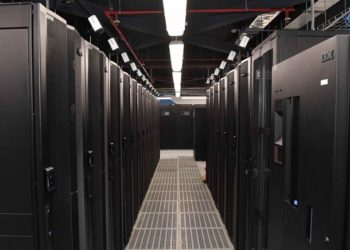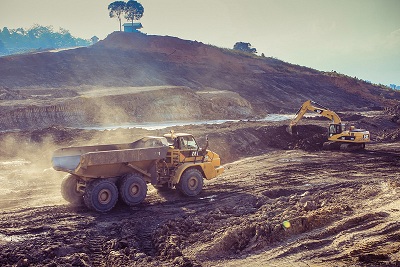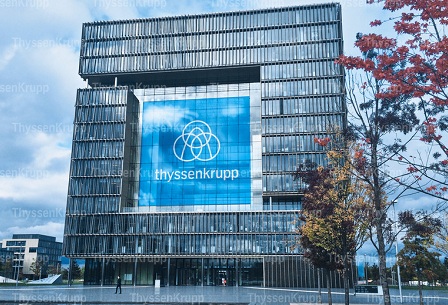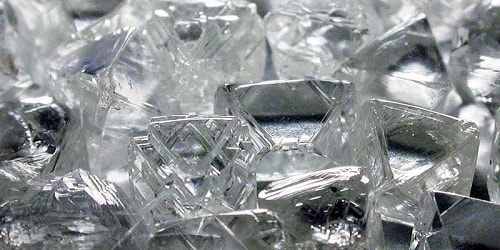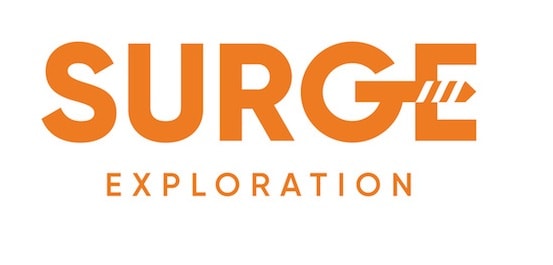Boddington Gold Mine (BGM) is located about 130km south-east of Perth in Western Australia. The largest gold mine in the country, it is poised to become the highest producing mine once production ramps up over the next few years.
The $2.4bn project was initially a three-way joint venture between Newmont Mining, AngloGold Ashanti and Newcrest Mining. In 2006 Newmont bought Newcrest’s 22.22% share, bringing its interest to 66.67% and ending any Australian ownership. AngloGold owned the remaining 33.33%. In June 2009, Newmont became the sole owner of the mine by acquiring the 33.3% interest of AngloGold. The original, mainly oxide open-pit mine was closed at the end of 2001.
The project has an attributable capital budget of between A$0.8bn and A$0.9bn. On 23 July 2009, the project, including the construction of the treatment plant, was completed. Production began in the third quarter of 2009. The first gold and copper concentrate was produced in August 2009.
Approximately 100,000t of ore was processed by mid-August. Gold production began on 30 September 2009. By 19 November 2009, the mine achieved commercial production. The mine was officially inaugurated in February 2010. The project had an attributable capital budget of between A$0.8bn and A$0.9bn. It employs 900 workers.
Based on the current plan, mine life is estimated to be more than 20 years, with attributable life-of-mine gold production expected to be greater than 5.7Moz.
In May 2012, Newmont decided to seek the expansion of mine life to 2052 by combining the north and south Wandoo open pits. It also plans to expand the waste rock facility to two billion metric tons.
Newmont and Anglo had focused their exploration activities on the poorly explored areas of the greenstone belt outside the already identified Boddington Expansion resource. The exploration strategy was to identify the resource potential of the remainder of the greenstone belt, with the emphasis on high-grade lode-type deposits.
Geology and reserves at the largest Australian gold mine
The BGM is located within the Saddleback greenstone belt (SGB), a fault-bounded sliver of Archaean volcanic and shallow level intrusive rocks, surrounded by granitic and gneissic rocks.
The SGB produced more than 6Moz of gold and is a highly prospective exploration area for further gold mineralisation in both large tonnage stock-work gold resources and high-grade lode-type gold resources.
By the end of 2011, proven ore reserves at Boddington were 20.3 million ounce (moz) of gold and 2.26 billion pounds (blbs) of copper.
Mining and production at Boddington gold mine
Built on the footprint of the original Boddington gold mine, the operation involves open cut mining from two large pits and is expected to produce an average 850,000oz of gold and 30,000t of copper a year for more than 20 years.
Production commenced in 2009 under the management of the Boddington Gold Mine Management Company, a 100% Newmont-owned company.
Average attributable gold production in the first five years will be 1,000,000oz a year, while on an average life-of-mine basis, attributable production is estimated to be between 250,000oz and 270,000oz a year.
Copper production, which is being sold as concentrate, is expected to be around 30,000t a year. In 2009, approximately 103,300oz of gold and 9.0 million pounds of copper were sold from Boddington. The mine produced 741,000oz of gold and
69 million pounds (mlbs) of copper in 2011.
Processing at Western Australia’s copper and gold deposit
Copper and gold containing ore is crushed to a coarse size before the ore is sent to the treatment plant via a conveyor. At the treatment plant, the ore is crushed further and ground finely to slurry. The ore is initially processed by flotation, which produces copper / gold concentrate with about 18% copper.
Fine liberated gold is recovered by processing flotation concentrates through a gravity circuit before it is de-watered and stored. It is then ship-loaded for delivery to the smelters. The residual gold content found in the flotation tailings is recovered through carbon-in-leach circuit.
The processing equipment used at the mine includes two 60X113 primary crushers, five MP 1000 secondary crushers, four high pressure grinding rolls and four ball mills.
The wastewater treatment plant at the mine currently provides up to 0.5 mega litres each day.
Contractors involved with BGM
In January 2007, Outokumpu Technology was awarded with a contract to supply complete thickening circuit for the mine.
In February 2011, Boltstress Ultrasonics Service completed ultrasonic monitoring and torque tightening of the structural fasteners at the ball mills in the mine.
In July 2011, Newmont selected ApplyIT’s IntelliPERMIT software, which is a computerised permit-to-work system. The system ensures tightening and streamlining the safety procedures at the mine.
In August 2011, Macmahon was awarded with a contract to provide mining and ore re-handling services.
Design, construction and commissioning of electrical and instrumentation services for the wastewater treatment plant at the mine were provided by Hueppauff Electrical. The equipment for the plant was provided by Weir Services Australia.




